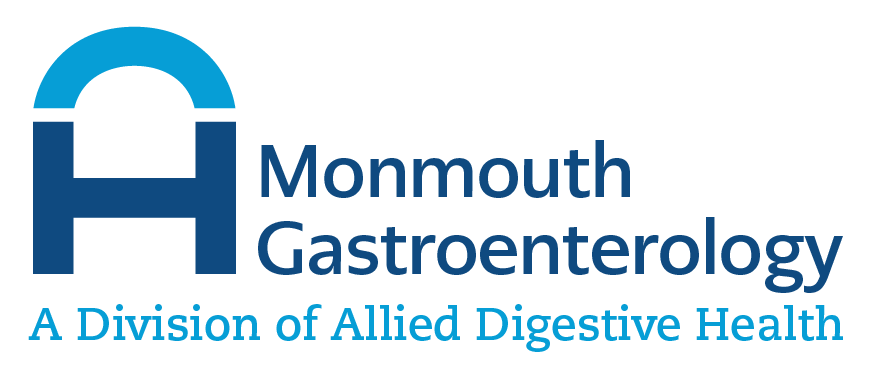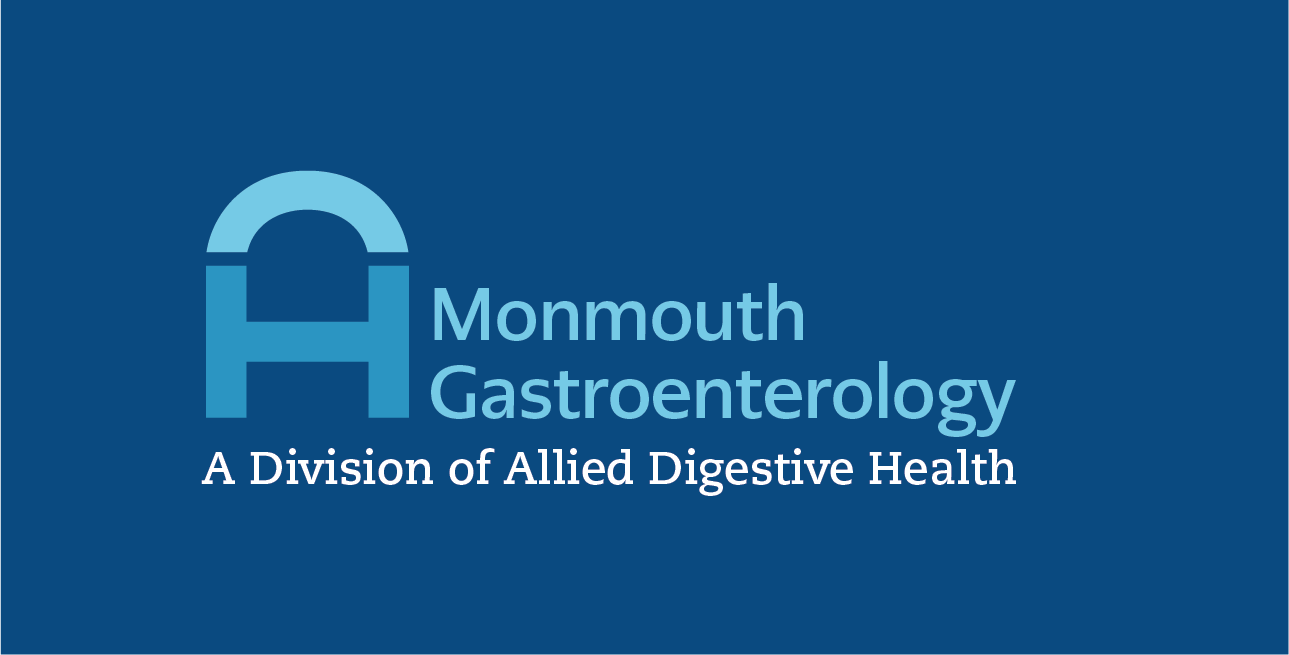March is National Colorectal Cancer Awareness Month

- March 3, 2022
Why should this matter to you? Because awareness saves lives.
Colorectal cancer is the 2nd leading cause of death from cancer in the United States, after breast cancer in women and prostate cancer in men. The risk of the average person between the ages of 50 to 80 developing colon cancer is about 6%, or almost 1 in 20.
Increases Risk Factors:
– Family history of colorectal cancer
– certain other cancers (ovarian, uterine, breast and other GI cancers)
– inflammatory bowel disease (Ulcerative and Crohn’s Colitis)
– Obesity
– smoking
Colorectal cancer begins when cancer cells form in the lining of the colon or rectum. Colon cancer and rectal cancer are often grouped together because they have many features in common. The colon and rectum make up the large intestine (or large bowel), which is part of the digestive system, also called the gastrointestinal (GI) system.
Food enters the stomach by way of the esophagus, passes through twenty feet of small bowel, where most absorption of nutrients occur, and the remainder traverses the large bowel where excess water is absorbed, ultimately becoming stool which exits the rectum. Colon cancer can occur anywhere in the large bowel or rectum and usually begin as a small growth called a polyp. At first, a polyp is small and harmless, and causes no symptoms. Over time, polyps get bigger. This can lead to bleeding, or blockage of the colon. By the time these symptoms occur, the polyp most likely has developed into a cancer that continues to grow and spread to other organs (metastasize.)
There are preventative measures we all can take to prevent, detect, and treat many major health issues, including colorectal cancer.
Beginning age 45, regular screening of the colon or rectum is a simple preventative step. These tests can be used to find polyps or colorectal cancer. If your test result is positive or abnormal on some screening tests (stool tests, flexible sigmoidoscopy, and CT colonography), a colonoscopy test is needed to complete the screening process. Colonoscopy is the gold standard in polyp and colon cancer detection, and the only detection mode that allows removal of the polyp at the time of the test.
Some types of polyps can change into cancer over time, but not all polyps become cancer. The chance of a polyp turning into cancer depends on the type of polyp it is. There are several types of polyps.
– Adenomatous polyps (adenomas): These polyps sometimes change into cancer; therefore, they are called a pre-cancerous condition. The three types of adenomas are tubular, villous, and tubulovillous.
– Hyperplastic polyps and inflammatory polyps: These polyps are more common, but in general they are not pre-cancerous. Large ones may call for colorectal cancer screening with colonoscopy more often.
Sessile serrated polyps (SSP) and traditional serrated adenomas (TSA): These polyps are often treated like adenomas because they have a higher risk of colorectal cancer.
Step One is calling Monmouth Gastroenterology Associates to set up a consultation. The team of six specially trained doctors in the field of gastroenterology, and two nurse practitioners, along with the staff, offer patients the highest care possible. Speak to your doctor about the pros and cons of each different test, your medical history, family history and your preferences to conclude which type of screening is most effective for you.
At Monmouth Gastroenterology, you are well cared for with our very well trained, experienced staff. You can be at ease, knowing you are getting some of the highest-level care for gastrointestinal, liver disease and colorectal cancer prevention, detection, and screening in the Monmouth & Ocean County area.
Footer
© All Rights Reserved


